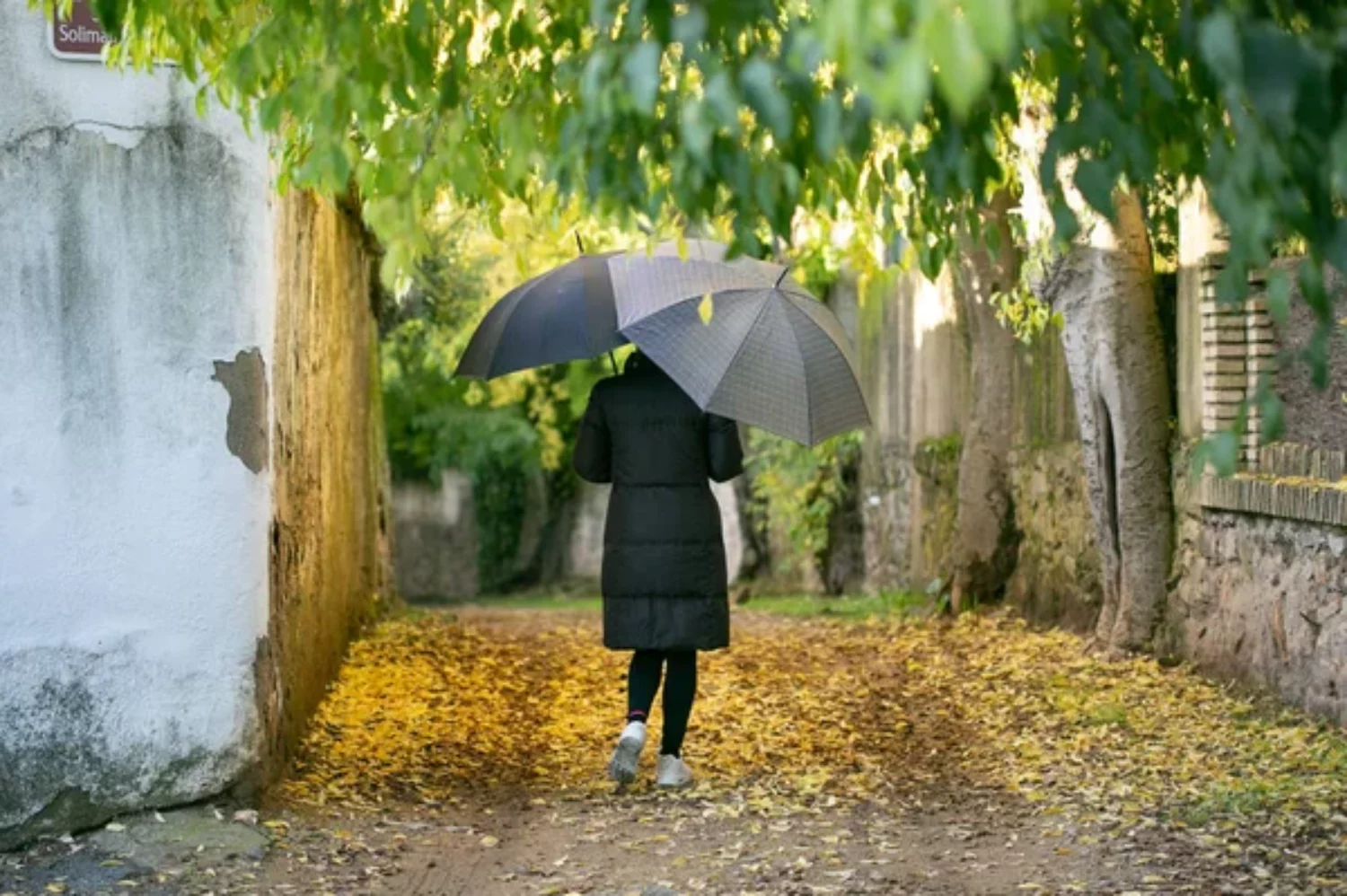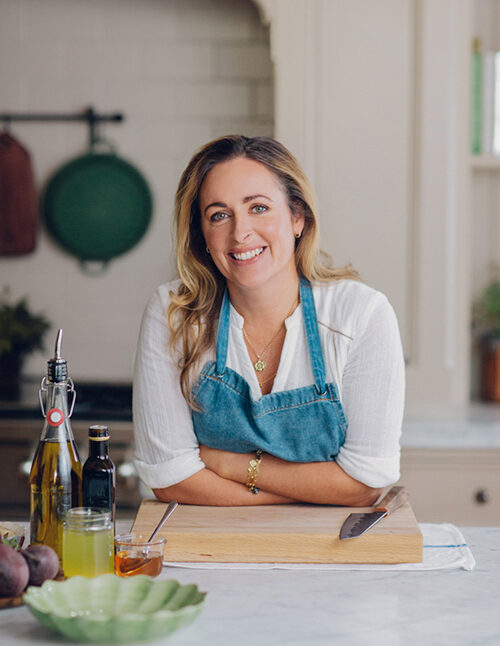Focus On: Seasonal Affective Disorder
Oct 2019
Around 2-10% of Europeans and North Americans are affected by SAD (1)*, with three quarters of them being women, although both genders are affected equally in older age. 60% of people suffering from SAD get it (to varying degrees) every winter (2)*, which is an awful lot of months feeling gloomy.
An ounce of prevention, as they say, is better than cure – and so if you suffer from SAD, or indeed know someone who does, then having a good read through this article now may help this winter be one which is significantly less SAD.
Seasonal Affective Disorder (SAD) is a form of depression, which tends to keep coming back around late autumn / winter every year but completely goes over spring / summer. Given that there is a lot of crossover between SAD and other forms of depression, it is always wise to discuss any feelings of low mood with your GP, to help you get the appropriate support and treatment you may require.
What causes SAD?
There is no definitive explanation for what causes SAD just yet, although there are various hypotheses – from chemical imbalances (such as serotonin or melatonin), to reduced light exposure, to changes in the circadian rhythm. It is probably multi-factoral, but this also means that your actions, thoughts and feelings can help to break the cycle.
Although we all feel like winter is a time to shut off the outside world and hunker down under a duvet to a certain degree, some people get this feeling to an extreme, which can start to affect their daily lives.
What are the symptoms of SAD?
Sleep changes: Usually oversleeping, extreme tiredness and napping, although some people may also get insomnia or sleep disturbances too.
Appetite changes: Overeating is common – and particularly a strong craving for carbohydrates or sugary foods. You may find yourself putting on weight over winter. Some people may, however, get a decreased appetite.
Mood changes: Low mood, feelings of hopelessness (especially around the topic of winter, things like ‘I can’t stand this’ or ‘I hate winter’), withdrawing or avoiding social events, irritability and decreased enjoyment from life or hobbies.
Concentration: Trouble focusing, forgetting things, difficulty finishing tasks.
Physical symptoms: Low energy, muscle tension or pain, decreased libido, stomach and headaches, and a sensation that your body is heavier or harder to move around than normal ‘like moving through treacle’.
A vicious cycle may also develop – where certain symptoms worsen other symptoms (3). For example, extreme tiredness may mean that you have less energy to go out and socialize, so you become more isolated, which worsens your mood. If you have SAD, have you ever noticed which symptoms start off this cycle for you?

What are the solutions?
Let’s take a look at some ways to tackle those winter blues. For a multi-factoral problem, we have a multi-factoral set of solutions – and they work better together than they do alone.
Keep enjoying a healthy, balanced diet
Part of SAD can be a craving for carbohydrate rich or sugary foods, but this can itself cause a worsening of symptoms: high sugar loads lead to unstable blood sugars, irritability and low energy. Subsequent weight gain can then reduce self-esteem (and motivation to keep active). One of the best ways to help address these cravings is to make sure that you are getting a good source of protein at every meal – especially breakfast. Take a look at my breakfast section for lots of ideas. Plus a delicious breakfast to look forward to certainly helps to make getting out of bed that little bit easier.I have also found that some people have improved their mood by going gluten-free over the winter. This also has the beneficial side effect of reducing the temptation for bingeing on processed or snack foods (as most of these contain gluten). This anecdotal tactic might be worth having a think about.If you have the time, Sunday night prep can be a lifesaver for helping you to stick to a healthy, balanced diet even when you’re getting home exhausted and don’t have the energy to cook. Having some prepared veggies and fruit, boiled eggs, cooked salmon or chicken etc. ready and waiting in the fridge means that packed lunches and suppers can be thrown together in minutes. Don’t forget – always try to cook once, eat twice, too. Also try to make sure you have plenty of healthy carbohydrates available, so that when those cravings come you can satisfy them without compromising your nutrition. Think minimally processed, natural forms – whole rolled oats, baked starchy vegetables (potatoes, squash, pumpkin, etc), legumes like chickpeas and beans, and gluten-free grains like buckwheat, quinoa, amaranth. These are all both satisfying and healthy options.Watch out for an over-reliance on caffeine too – it can actually increase feelings of tiredness over time rather than decreasing them. 1-2 cups of coffee or 2-3 cups of caffeinated tea a day is enough – so you may want to start weaning yourself down ahead of time to avoid those dreaded withdrawal symptoms.
Action point: Make a list of simple, healthy, wintery recipes you want to have a go at. Look out especially for ones that use oily fish – a natural source of essential omega-3 fatty acids and dietary vitamin D, which may help with easing some of the symptoms of SAD. Aim for 2 portions of oily fish per week.
Phototherapy
Using light therapy is the mainstay of treatment for SAD at the moment. However, the research that has been done to date is not wholly conclusive, because it is very difficult to do rigorous scientific trials on SAD and phototherapy. However, the findings have been quite encouraging, and given that there are minimal (if any) side effects, then this can be a useful solution. The ‘doses’ are quite specific though: you are aiming for 5000 lux per day (this would be the equivalent of 2 hours of 2500 lux, or 30 minutes of 10,000 lux) (2). You should use a light lamp that is specifically designed for helping to treat SAD, and although you don’t need to look directly at the light, the light should reach your eyes (as it is thought the retina – part of the back of the eye – is important in signaling light exposure). For most people, it is best taken early in the morning (2).
If you cannot access light therapy, try to make your days as bright as possible – work next to a window, have lights and lamps on at home, spend as much time as possible outdoors. There is a reason why the Scandinavians love big windows! Natural sunlight is the best source of lux. Beware that people with macular degeneration, retinal disease or photosensitive skin conditions or medications should not use light therapy (4). Seek the advice of your doctor if you are unsure.
Exercise outdoors
As well as the light we get from spending more time outdoors (rather than holed up in a sweaty gym), regular exercise itself is beneficial to help lift a low mood, will help to control your appetite, boost your immune system and optimise your energy levels (not to mention all the other cardiovascular and body composition benefits). So stock-up on your warm weather (and high visibility) workout gear, and get moving outdoors. Set yourself a realistic target ahead of time – perhaps commit to two outdoor workouts every week, although remember that anything is better than nothing (even if that is just a hasty 5 minutes during your lunch break). Perhaps rope in a buddy who you can make a plan with so you are more motivated to stick to it – I know this works for me. Or as a friend of mind does, plan a race or a new physical challenge each year. Whatever you can do to motivate you to keep going even when the lure of the sofa feels irresistibly strong.
Embrace Hygge
The Scandinavian countries have got this one just about right. In some areas of Northern Sweden, for example, they barely see daylight for weeks. SAD is therefore a significant problem, but they tackle this through embracing the concept of ‘Hygge’. Although it doesn’t directly translate into English, it means a feeling of cosiness of candlelight, warm blankets and enjoyable time with friends indoors. It is about not fighting the winter, but rather enjoying its benefits instead – firelight, dinner parties, nights in watching lovely films and snuggling under piles of rugs (and of course, a great excuse to enjoy some fab Scandinavian knitwear!).
Action point: Stock up on books you have been meaning to read but haven’t quite got around to yet, as well as a few candles. Who says Tuesday night kitchen supper should not be a candlelit affair?! Google ‘Hygge’ for more wintery inspiration.
Plan regular treats to look forwards to
This is vital for those of us who suffer badly from SAD. Throughout the summer we have lots of fun activities planned – beach days, weddings, parties, summer evenings sipping wine outdoors, but with winter these enjoyable events can taper off.
So, it is a good idea to make a concerted effort at the end of October to get some dates to look forwards to in your diary. They don’t need to be big, extravagant occasions (indeed, lots can be free), but try to plan at least one thing per week until Christmas, when you can repeat this activity through to the end of March. Look up your local theatre, comedy club, concert venue or cinema and book some tickets, or maybe sign up to an evening class. Plan a few ‘date nights’ with your partner or close friends. Maybe find some friends to enjoy autumnal or wintery walks and a good pub lunch with. Or even just pencil in an evening for reading a new book, running a big bath and putting your feet up. I do all of the above but my most favourite is planning a weekend away (or stay with family for a night) to change the scene.
The possibilities are endless, but doing this really helps to break the monotony of winter and a little forward thinking goes a long way (plus planned commitments are harder to wriggle out of, which will help to break that vicious symptom cycle discussed above, even if you don’t necessarily feel like doing it).
Action point: Write a list of pleasant things that you want to do over this winter, and slot them into your diary. Get the family involved too – it’s a fun evening’s activity to brainstorm your list.
References:
(1) Mersch, P., Middendorp, H., Bouhuys, A., Beersma, D. and den, van (1999) ‘Seasonal affective disorder and latitude: A review of the literature’, Journal of affective disorders., 53(1), pp. 35–48.
(2) Kaminski-Hartenthaler, A., Forneris, C.A., Morgan, L.C., Sonis, J.H., Gaynes, B.N. and Greenblatt, A. (1996) ‘Light therapy for preventing seasonal affective disorder’, Cochrane Database of Systematic Reviews.
(3) Rohan, K.J. (2009) Coping with the seasons: A cognitive-behavioral approach to seasonal Affective disorder, therapist guide. Treatments that work. United States: Oxford University Press, USA.
(4) Williams, M. (2016) Seasonal affective disorder (SAD). Winter depression. Available at: http://patient.info/doctor/seasonal-affective-disorder-pro#nav-8 (Accessed: 30 August 2016).
MORE TO EXPLORE
Please note that the information on this website is provided for general information only, it should not be treated as a substitute for the medical advice of your own doctor or any other health care professional providing personalised nutrition or lifestyle advice. If you have any concerns about your general health, you should contact your local health care provider.
This website uses some carefully selected affiliate links. If you buy through these links, we may earn an affiliate commission, at no additional cost to you. This helps to keep all of our online content free for everyone to access. Thank you.




